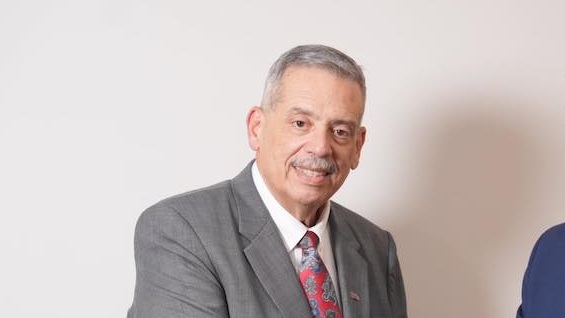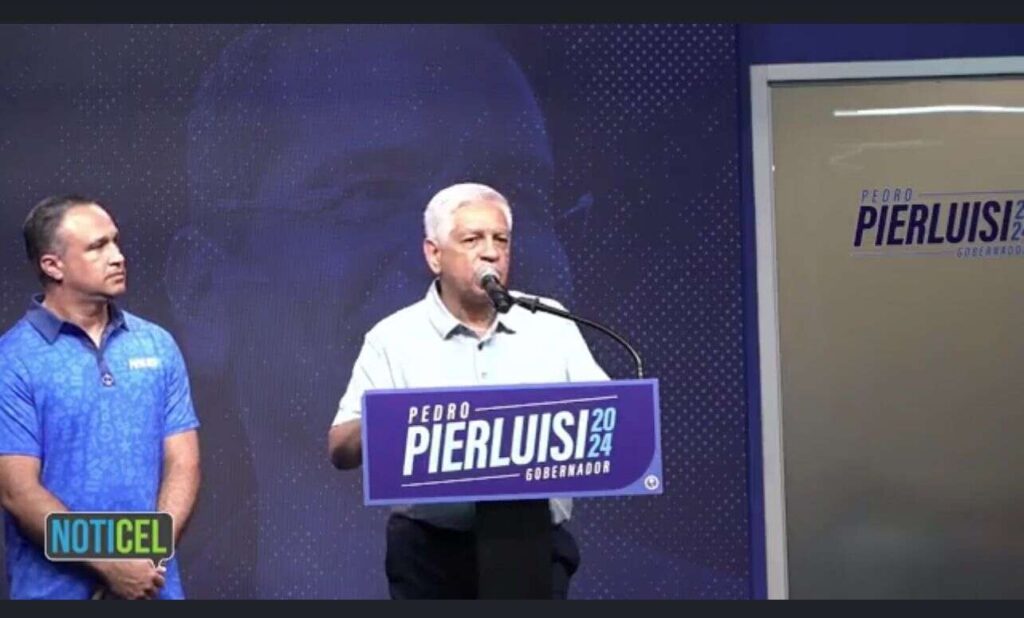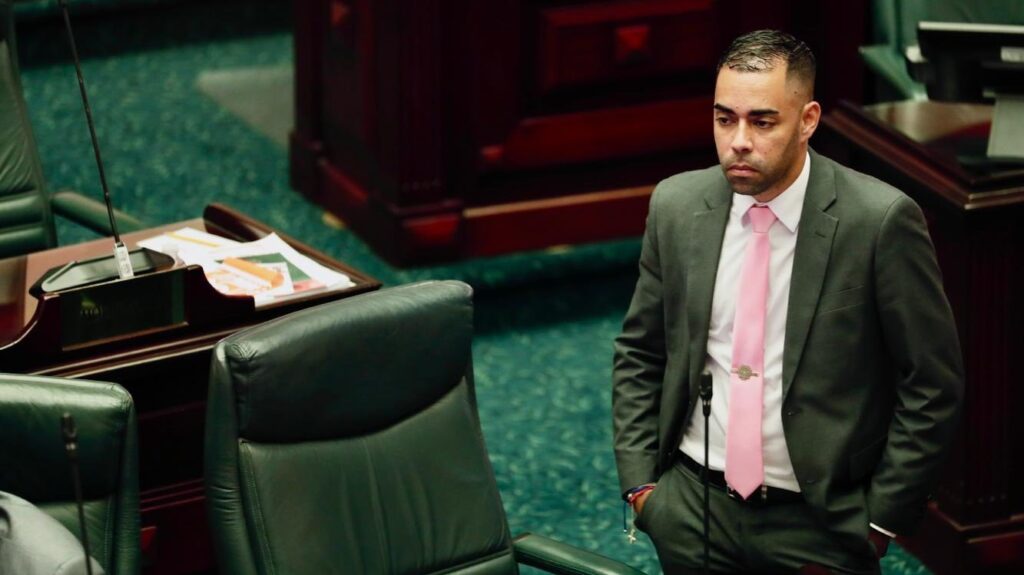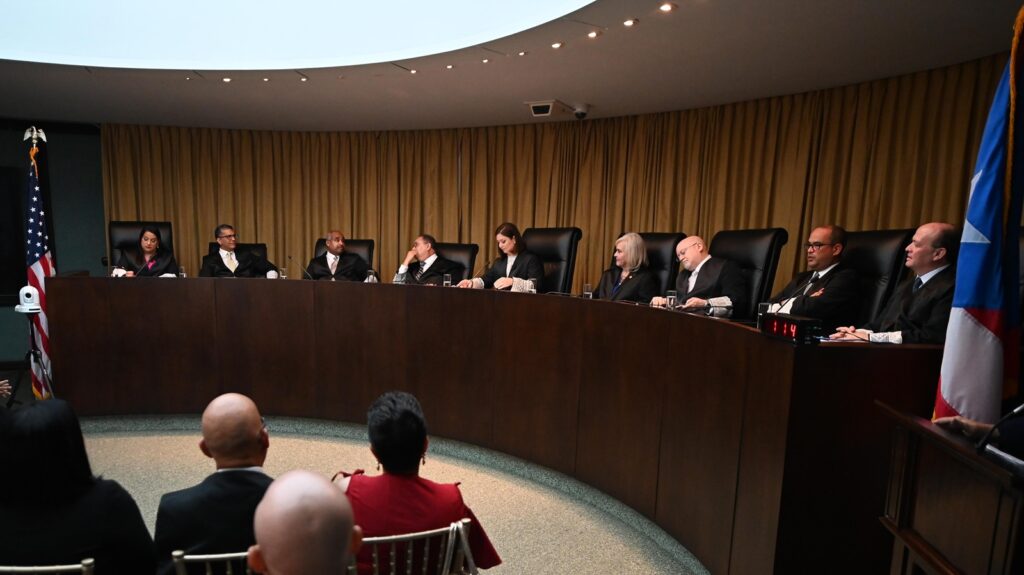Puerto Rico and AES Together Until 2032

The fiscal plan drawn by the Puerto Rico Electric Power Authority (PREPA), with projections up until the year 2026, assumes an increase in the use of coal and natural gas as the main sources of energy in Puerto Rico, while also including the adoption of renewable energy. This will ensure ongoing operations for the company Applied Energy Answers (AES) and its cogeneration power plant on the island.
‘Yes, of course, we have no problems with continuing our operations,’ stated AES communications consultant Julio Sainz de la Maza. PREPA is currently involved in a contract with this company until 2027 for the energy produced by its coal plant in Guayama. This plant generates 450 megawatts, which AES sells to PREPA for 8.5 cents per kilowatt.
It is worth noting that this fiscal plan shows an increase in coal dependency, from 17% to 22%, and an increase for natural gasfrom 34% to 57%, all thewhile also considering an increase in renewable energy sources, from 3% to 18%.
‘I don’t know what’s going to happen when the contract with PREPA expires, but there’s also an additional contract for one of AES’s solar power plants. If PREPA has other needs they want us to address, I wouldn’t know what to say right now. We currently have a coal power plant and a solar power plant, both in Guayama,’ Sainz de la Maza emphasized.
PREPA’s contract for AES Ilumina, the solar power plant, was signed for 20 years, which makes it valid until 2032. This complex, located at the Jobos Industrial Park in Guayama, houses more than 100,000 photovoltaic panels, producing a total of 20 megawatts.
This solar power plant was opened in October of 2012 under the administration of former Governor Luis Fortuño, with an investment of $30 million in federal funds from the American Recovery and Reinvestment Act (ARRA), and an additional $80 million in machines and equipment. At that moment, the complex was considered to be the first of its kind in Puerto Rico, as well as the biggest one in the Caribbean and Central and South America, producing enough energy to cover the consumption of 12,000 families for a year.
Both power plants produce a total of approximately 17% of PREPA’s energy.
On Friday morning, PREPA defended the presence of AES’s cogeneration plant in the island, and they remarked that its absence would increase energy production costs by $362 million every year. This amount would affect theirclients’electricity bills with a 2.5-cent increase per kilowatt-hour.
‘AES is the most economic energy producer among PREPA’s fleet of associates. Their absence would force us to use diesel units to replace most of the energy they generate, which would make electricity 15% more expensive for all our clients. And this is not including the expenses associated with the blackouts that could happen if the cogeneration plant is eliminated,’ said PREPA Executive Director Ricardo Ramos Rodríguez in a written statement.
This switch to diesel, though, would clash with PREPA’s fiscal plan projections, which show a dramatic decrease in oil dependency, from 45% to 2%.
PREPA’s document also shows that, by 2026, there will be a decrease in the demand for energy in Puerto Rico.
In late June, the Fiscal Control Board approved PREPA’s bankruptcy petition under Title III to adjust its debts—which add up to $9 billion—according to its available liquidity.
At the moment, AES is involved in a dispute over the disposal of coal ashes in the Peñuelas Valley Landfill, which is located in the municipality’s Tallaboa sector. Despite accusations regarding the toxicity of the ashes, the company upheld the legality of their procedures.
‘There are no ashes in the Peñuelas landfill. What we are bringing is an aggregate. We don’t bring ashes, not because we can’t—we’re obviously authorized by law. But we don’t bring ashes to Peñuelas, we bring an aggregate. The ashes generated are placed in watertight silos, where no light or air gets in. That’s where they are mixed. We add water, and the product is what you see, which is the aggregate. They are stones,’ Sainz de la Maza explained.
The representative added that these stones are used to solidify liquids and build roads, for construction projects, filling materials, and landfill caps, and is ground up to build car armor, since it is a lightweight material.




































Comentarios {{ comments_count }}
Añadir comentario{{ child.content }}